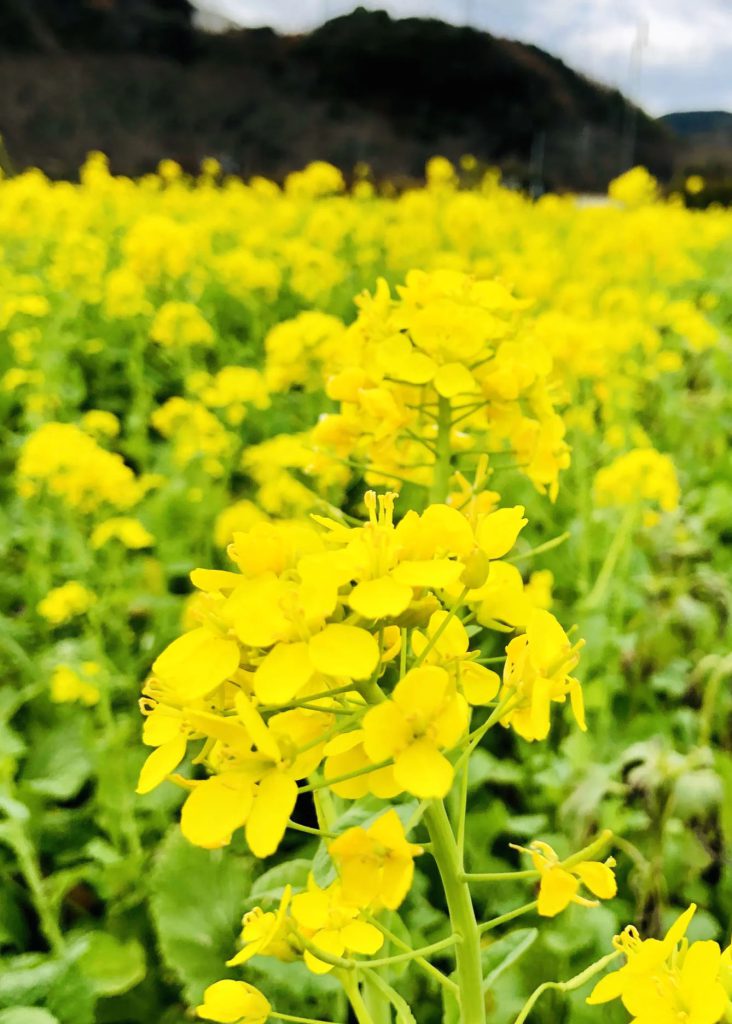
January 5th is the Shokan (the first half of the coldest season (January 6–19)). It’s also called the Kan-no-iri. In the lunar calendar, the year was divided into twenty-four, and words representing the seasons were applied to each from the Risshun(the first day of spring) to the Daikan(the greatest cold day). The Shokan is the 23rd solar term, the winter solstice after the Toji(the winter solstice), and before the Daikan, which is the time when the full-scale winter cold comes. It is also the time when the stars in the night sky shine beautifully in the clear winter air. During this time, we will also give a midwinter greeting. However, recently, it has become common to receive news of rape blossoms in full bloom, rather than the midwinter greeting. This year’s Daikan is on the 20th, and the end of the Daikan is called “Kan-no-ake(the end of the cold)”, and after the last solstice, the Daikan, the first solstice, Risshun, comes around.
1月5日は小寒。寒の入りとも言います。太陰暦では一年を二十四分割し、立春から大寒まで、それぞれに季節を表す言葉を当てました。小寒とは23番目の節気で、小寒の前は冬至、後は大寒で、本格的な冬の寒さが訪れる時期です。冬の澄み切った空気の中、夜空の星が美しく輝く時期でもあります。この間に寒中見舞いも出します。しかし最近は、寒中見舞いどころか、菜の花満開の便りが届くのが普通になりました。今年の大寒は20日で、大寒が終わることを「寒の明け(かんのあけ)」と言い、最後の節気である大寒が過ぎると、1番目の節気である立春が巡ってきます。
